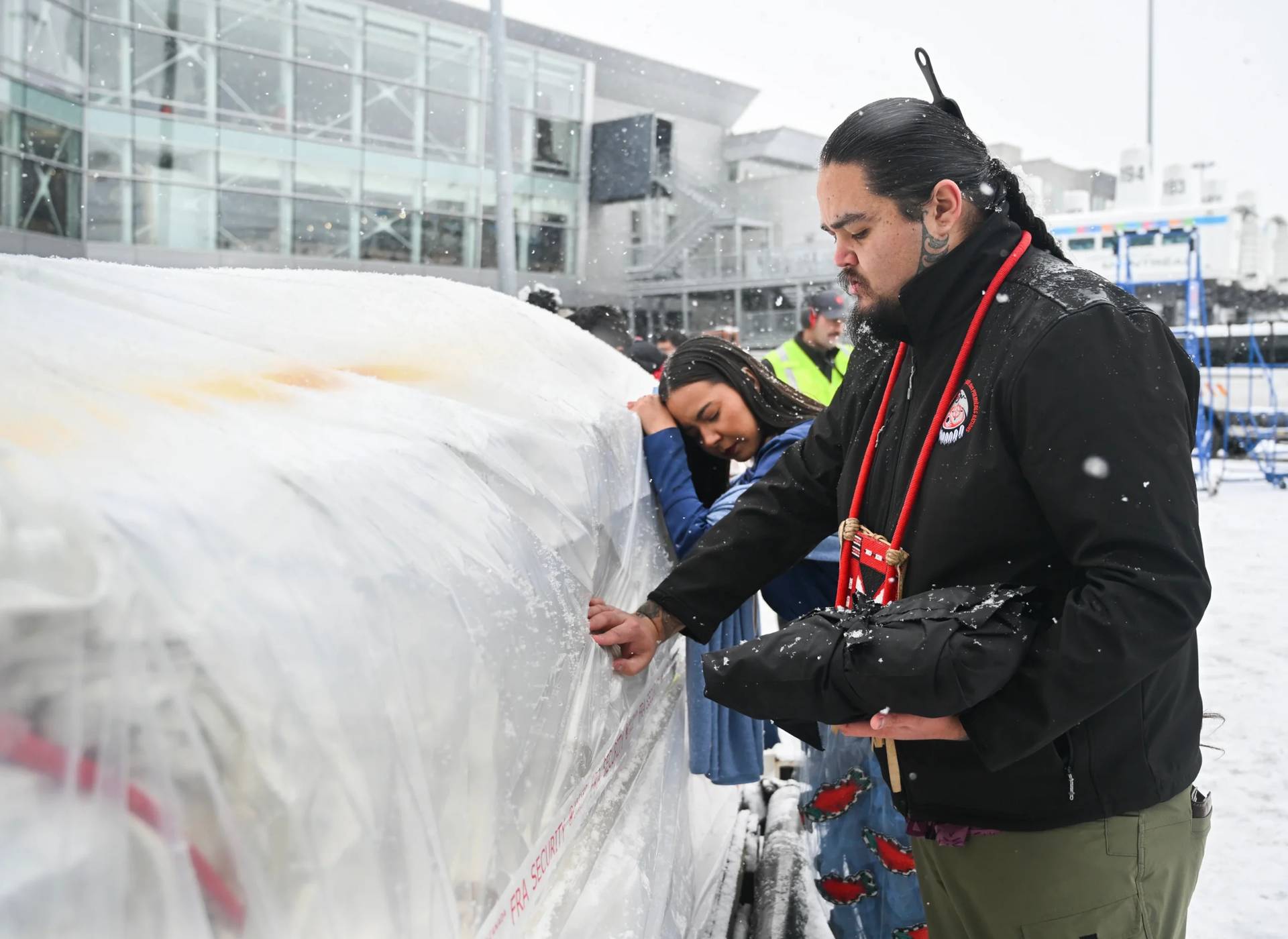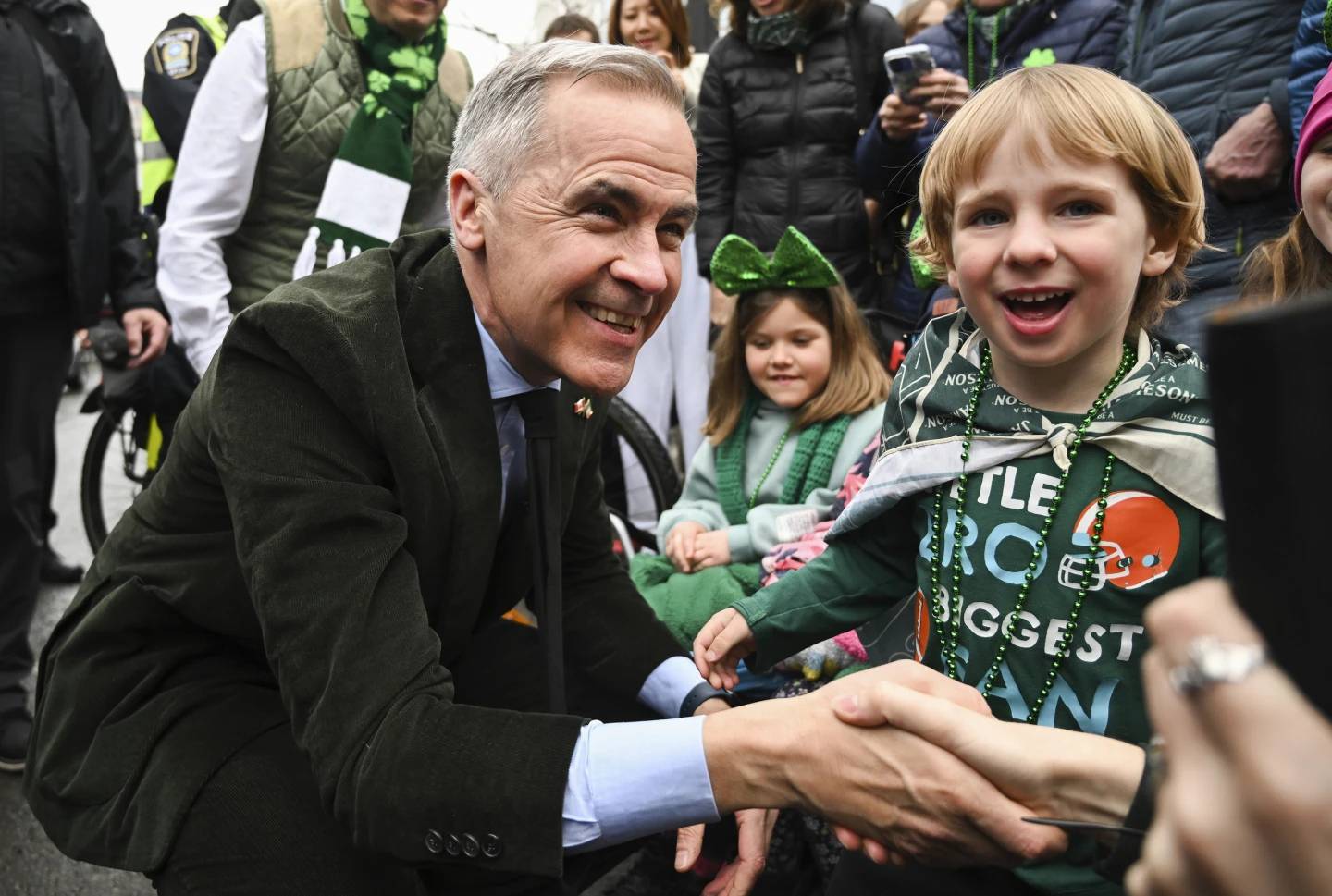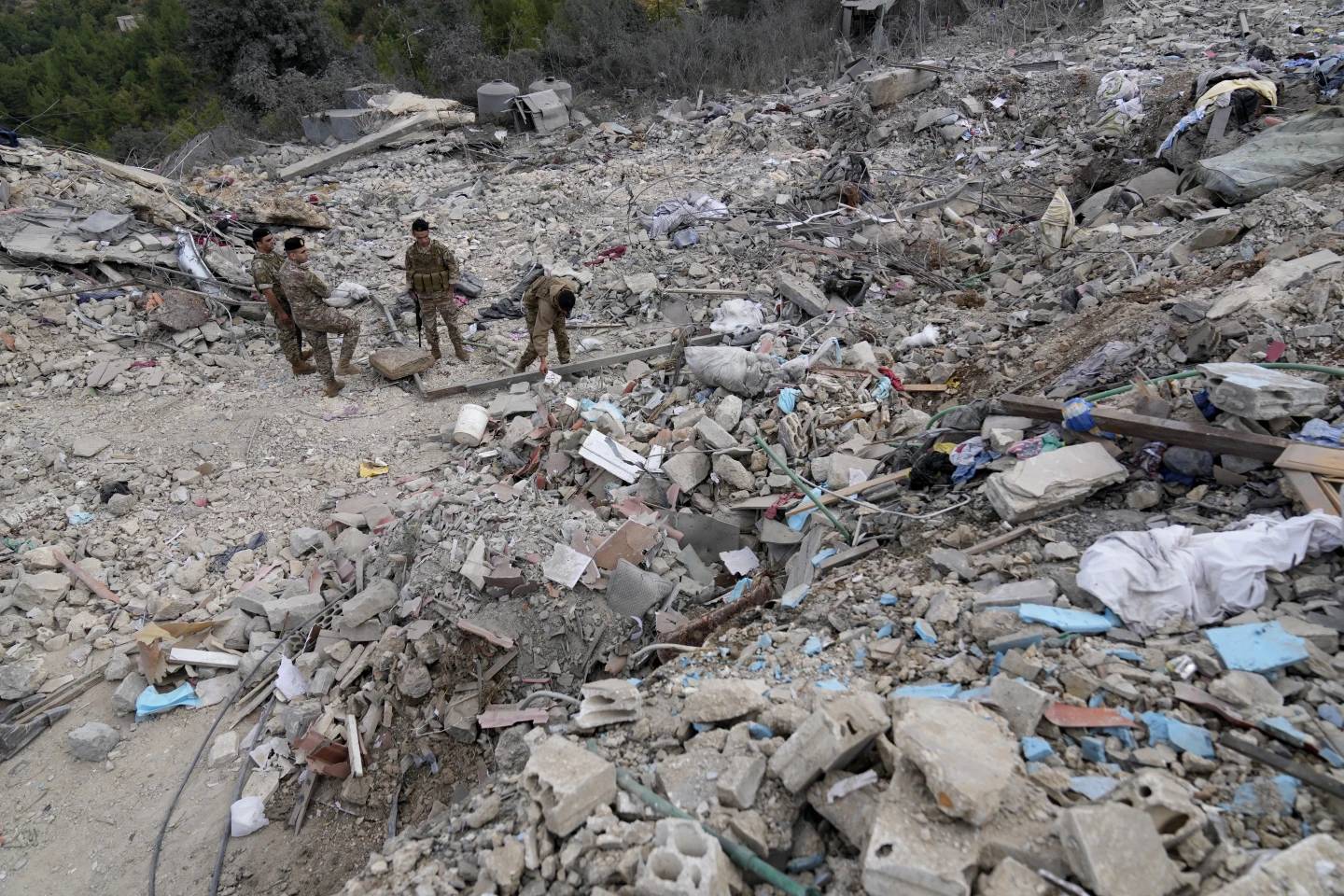NEW YORK – A recent Vatican decision to merge the Canadian Dioceses of Amos and Rouyn-Noranda in persona episcopi (“in the person of the bishop”) is the first step towards an eventual complete merger of the dioceses, according to the bishop who now leads both.
On Sept. 16 Pope Francis accepted the resignation of Bishop Gilles Lemay of Amos, and simultaneously appointed Bishop Guy Boulanger of Rouyn-Noranda to also lead the Diocese of Amos. The Vatican’s decision stems from a consultation process the two dioceses began around the time Lemay turned 75 and submitted his resignation earlier this year, to assess the future of both dioceses as they face declining Catholic populations, closing parishes, and other challenges.
According to Boulanger, out of the consultation – which included opportunities for parishioners to voice their opinions on a potential merger and a committee to look into all of the logistics – a report was sent to Rome in March that recommended a merger with the expectation it would happen immediately, but Rome instead decided to merge the dioceses in bishop only, for now.
“This nomination is a step to prepare for the fusion of the two dioceses,” Boulanger told Crux of his appointment. “It will be my job to know the two dioceses better and to begin collaboration between them to prepare them to become one diocese.”
Boulanger added that there isn’t a set timetable for when the full merger will take place. Both the Diocese of Amos and the Diocese of Rouyn-Noranda are in Canada’s Quebec province.
The Diocese of Amos is much larger in land area. It covers an estimated 130,000 square miles of the western and northern portion of the province. Although, a lot of that land isn’t populated so despite its land size the diocese has a Catholic population of about 89,000. The diocese has 58 parishes and missions, and is served by 14 diocesan priests, nine women members of institutes of consecrated life, four permanent deacons, and two lay pastoral agents.
By contrast, the Diocese of Rouyn-Noranda – right below the Diocese of Amos – has a Catholic population of about 55,000 across about 9,000 square miles. The diocese has 34 parishes and missions, and is served by 14 diocesan priests, 44 women who are members of institutes of consecrated life, three permanent deacons, and seven lay pastoral agents.
Boulanger said the biggest challenge in his new role, and in the future if/when a full merger takes place, could be the ability to consistently be with everyone and bring people together given that many of the faithful live in smaller villages spread across large areas, but he’s confident it can succeed.
“We already need to go into different parts of the diocese when we want to meet [parishioners],” Boulanger noted. “Now it will still be the same but even larger.”
Boulanger also noted that there are people who “are afraid to have less presence of the bishop” if a merger takes place. However, he said they intend to keep certain aspects of the diocesan operation in both dioceses, and he expects consistent collaboration will help people make the adjustment.
“When we started this project there were advantages to combining the teams in the dioceses to make the whole team stronger, and the collaboration should help us add projects because we only have a few people working for both dioceses so putting them together should be good,” Boulanger explained.
“I don’t say that it will be easy. We will have to make some difficult choices, but [the dioceses] are in the same area so the people are used to working together,” he continued. “It’s a large area so people will find that it’s normal to be together in the church, too.”
Before his retirement, Lemay had led the diocese of Amos since 2011, and before that he was an auxiliary bishop of the Archdiocese of Quebec from 2005-2011.
Boulanger, 60, was appointed to the Diocese of Rouyn-Noranda on Jan. 31, 2020. Due to the annual Canadian Bishops Conference that is underway Boulanger said he hasn’t yet had the chance to visit the faithful in the Diocese of Amos. His message to them, he said, is one of hope for the future.
“What I want to tell them is that I want first to know them, to know about the diocese, and to collaborate,” Boulanger said. “Everyone will have to be open to some changes, but I think that in the end this will help for the mission for the better working of the church in our area.”
Follow John Lavenburg on X: @johnlavenburg
















